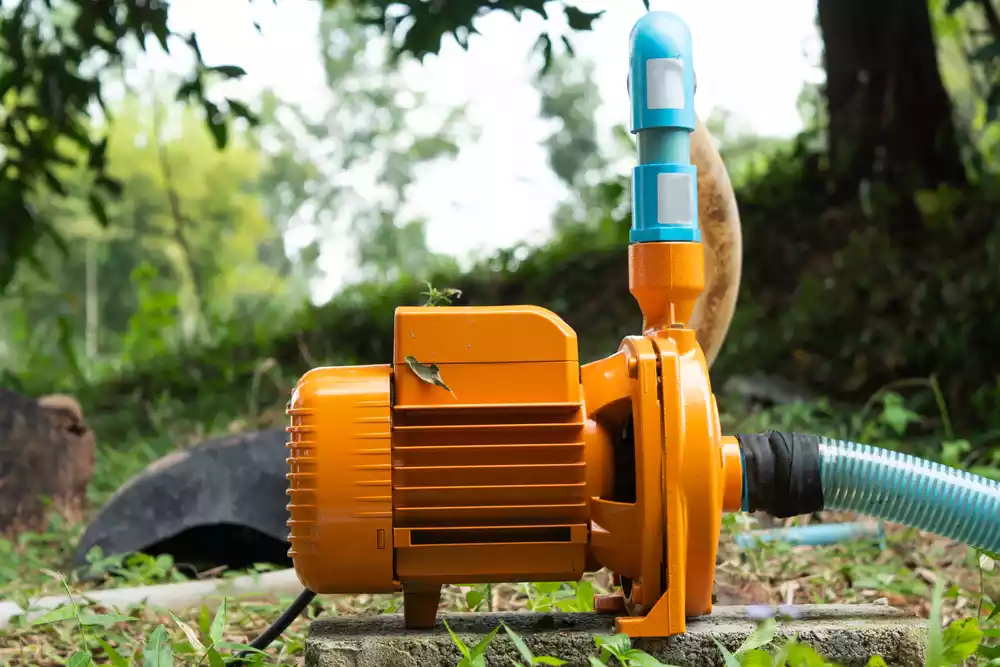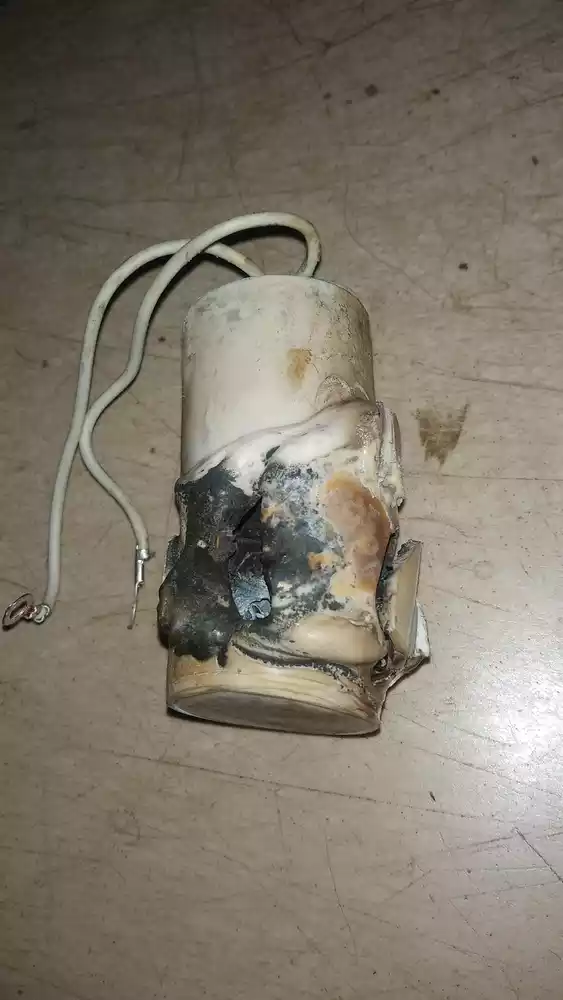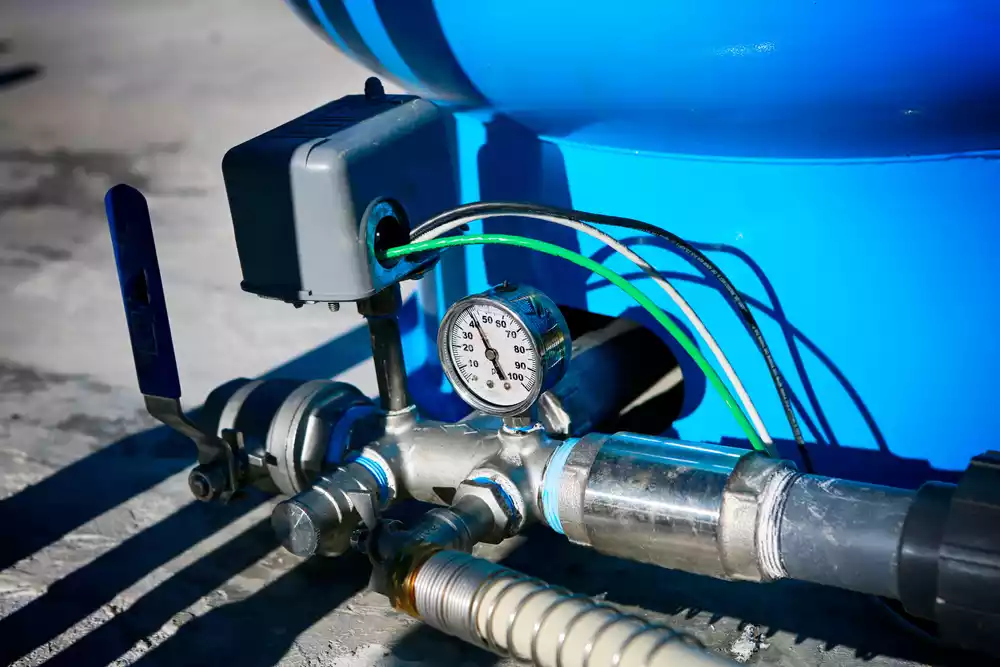Access to consistent and reliable water supply remains paramount for households and industries alike. Well water pumps are central to this equation, ensuring that water is available when and where needed. However, the efficiency of these pumps is often defined by their operational run-time.
Most well water pumps are designed to operate for a specific duration to deliver water without compromising on their longevity or performance. Finding that sweet spot in run-time is essential for maintaining both the pump’s health and the user’s satisfaction.
Well water pumps serve as a lifeline for many, especially in areas where municipal water sources are unavailable. Ensuring they run optimally ensures they last longer, function better, and save on operational costs.
Basics of Well Water Pumps
Role in Water Supply
Well water pumps play a pivotal role in drawing water from underground sources to homes and other establishments. Acting as the heart of the water supply system, these pumps ensure regular and continuous water supply.
Different Pump Types
There are various types of pumps, each tailored for specific well depths and usage patterns. These include submersible pumps, jet pumps, and centrifugal pumps, each having its run-time norms.

Run-Time: What’s Ideal?
The run-time of a well water pump is more than just the number of minutes it remains operational. It’s a combination of design, demand, and efficiency that aligns to deliver the most optimal performance. Striking the perfect balance ensures both the health of the pump and the consistent water supply it delivers.
Standard Run-Time for Common Pumps
Most residential well pumps, when operating under ideal conditions, are designed to run intermittently with intervals of about 2-3 minutes per cycle. This intermittent operation ensures that the pump motor doesn’t overheat, leading to potential long-term damage. However, it’s essential to note that the frequency of these cycles throughout the day will largely depend on water consumption habits.
For example, a family with a large garden that requires regular watering or a home with multiple bathrooms might notice their pump running more frequently than a smaller household with minimal water demands.
Impacts of Overrunning or Short Cycling
Maintaining the right balance in a pump’s operation is crucial. Here’s why:
- Overrunning: When a pump runs for extended periods without breaks, it can lead to overheating. This not only wears down the pump’s components at a faster rate but can also lead to complete pump failure, resulting in costly repairs or replacements.
- Short Cycling: This is the opposite of overrunning. In short cycling, the pump turns on and off in rapid succession, never really getting a full run. This constant stopping and starting put an immense strain on the motor, leading to potential burnouts. It can also lead to inconsistencies in water pressure, which might result in a less than satisfactory water flow in showers, taps, etc.
Factors Influencing Run-Time
The run-time of a pump isn’t just a number set in stone; it’s influenced by a range of factors, from the physical attributes of the well itself to the habits of the household it serves.
Depth of the Well
The depth of a well is a primary determinant in the pump’s run-time.
- Shallow Wells: With a high water table, these wells often mean the pump doesn’t have to work as hard to draw up water, leading to shorter run times.
- Deep Wells: These require the pump to exert more energy to draw water. Consequently, the run-time for pumps serving deep wells might be longer, especially if the water table drops during drier seasons.

Water Usage Patterns
The amount and manner in which water is consumed play a significant role in determining how long a pump should run.
Household Consumption Habits
Every household has unique water usage habits. Some families might use water mostly in the evenings after work, while others could have spread-out water activities throughout the day. Larger families or homes with high water-consuming appliances or fixtures might require pumps to run more frequently.
Peak vs. Off-Peak Demand
Every home has its peak water usage times – be it the morning rush hour or evening relaxation time. Pumps will naturally work harder during these peak times, leading to longer or more frequent run-times.
Pump Size and Capacity
The capacity of the pump, in relation to the water demand it caters to, can influence its operational dynamics significantly.
- Right-sized Pumps: These ensure efficiency. When tailored to a household’s exact needs, they operate within optimal parameters, ensuring longevity and consistent water supply.
- Over or Undersized Pumps: An oversized pump for a small household can result in frequent short cycling. Conversely, an undersized pump might continuously run, trying to meet the demands of a large household.
Pump Health and Maintenance
Like any mechanical device, the well-being of a water pump is crucial to its performance.
- Regular Check-ups: These can help identify potential issues before they become significant problems. A well-maintained pump operates efficiently, adhering to its optimal run-time.
- Signs of Trouble: Any deviation from the usual run-time patterns, unusual noises, or a noticeable drop in water pressure are indicators of potential issues. Addressing these signs early on can save both time and money.
Benefits of Optimal Run-Time
Ensuring a well water pump operates within its ideal run-time parameters brings a host of benefits:
- Extended Pump Lifespan: Regular, optimal operation prevents undue wear and tear, ensuring the pump lasts for its intended lifespan, if not longer.
- Energy and Cost Savings: Efficient pump operation translates to less wastage, reflecting in reduced electricity bills and infrequent maintenance or replacement costs.
- Consistent Water Pressure: By avoiding overruns and short cycling, homeowners can enjoy a consistent water supply with the desired pressure, ensuring everyday tasks like showering or washing become hassle-free.
Addressing Deviations in Run-Time
Any deviation from the norm when it comes to pump run-time needs to be addressed. Recognizing these deviations and understanding their causes is the first step to ensuring the longevity and optimal function of your well water pump.
Common Symptoms of Run-Time Issues
- Fluctuating Water Pressure: This can be a sign of both overrunning and short cycling. If you notice the water flow from taps or showers varying in pressure, it may indicate a run-time issue with the pump.
- Frequent Pump Activations: If you hear the pump turning on and off more frequently than usual, especially during non-peak times, it’s a sign that the pump is short cycling.
- Unusual Sounds: Any grinding, screeching, or other unexpected noises from the pump are signs that something is amiss. This might not always be related to run-time but can be a symptom of other issues that affect the pump’s operation.

Potential Causes of Run-Time Deviations
Leakages
Leaks in the system, be it in the plumbing or the well casing, can lead to run-time deviations. For instance, a leak could result in the pump overrunning as it tries to maintain the desired water pressure.
Faulty Pressure Tanks
The pressure tank in a well system plays a crucial role in determining pump run-time. A malfunctioning pressure tank might not signal the pump to turn off at the right time, leading to overrunning.
Blocked Inlets or Pipes
Blocked inlets or pipes can reduce water flow, making the pump work harder and longer to provide the necessary water.
Aging Pump
Like all mechanical devices, pumps have a finite lifespan. An older pump might not function as efficiently as it once did, leading to deviations in run-time.
Frequently Asked Questions
How often should I check my pump’s run-time?
Regular checks, say once a month, can help detect any anomalies in the run-time. However, if you notice any sudden changes in water pressure or hear unusual noises, it’s advisable to check the run-time immediately.
Can I adjust the run-time of my pump manually?
While it’s possible to adjust some settings on a pump, it’s best done by professionals. Adjusting run-time settings without proper knowledge can lead to other complications or might not address the root problem.
Is it expensive to address run-time deviations?
The cost will largely depend on the underlying issue causing the deviation. Regular maintenance and checks can help in early detection, often leading to more affordable solutions than waiting for a significant breakdown.
Conclusion
The run-time of a well water pump is an integral facet of its operation, closely tied to its efficiency, longevity, and the quality of service it provides. Recognizing and maintaining this balance is crucial for the optimal functioning of the pump and, by extension, the entire water supply system of a home.
Ensuring the pump operates within its designated parameters not only safeguards the mechanical integrity of the pump but also promises consistent water supply and pressure. Regular checks, timely maintenance, and addressing any deviations promptly will go a long way in guaranteeing the smooth operation of your well water pump.